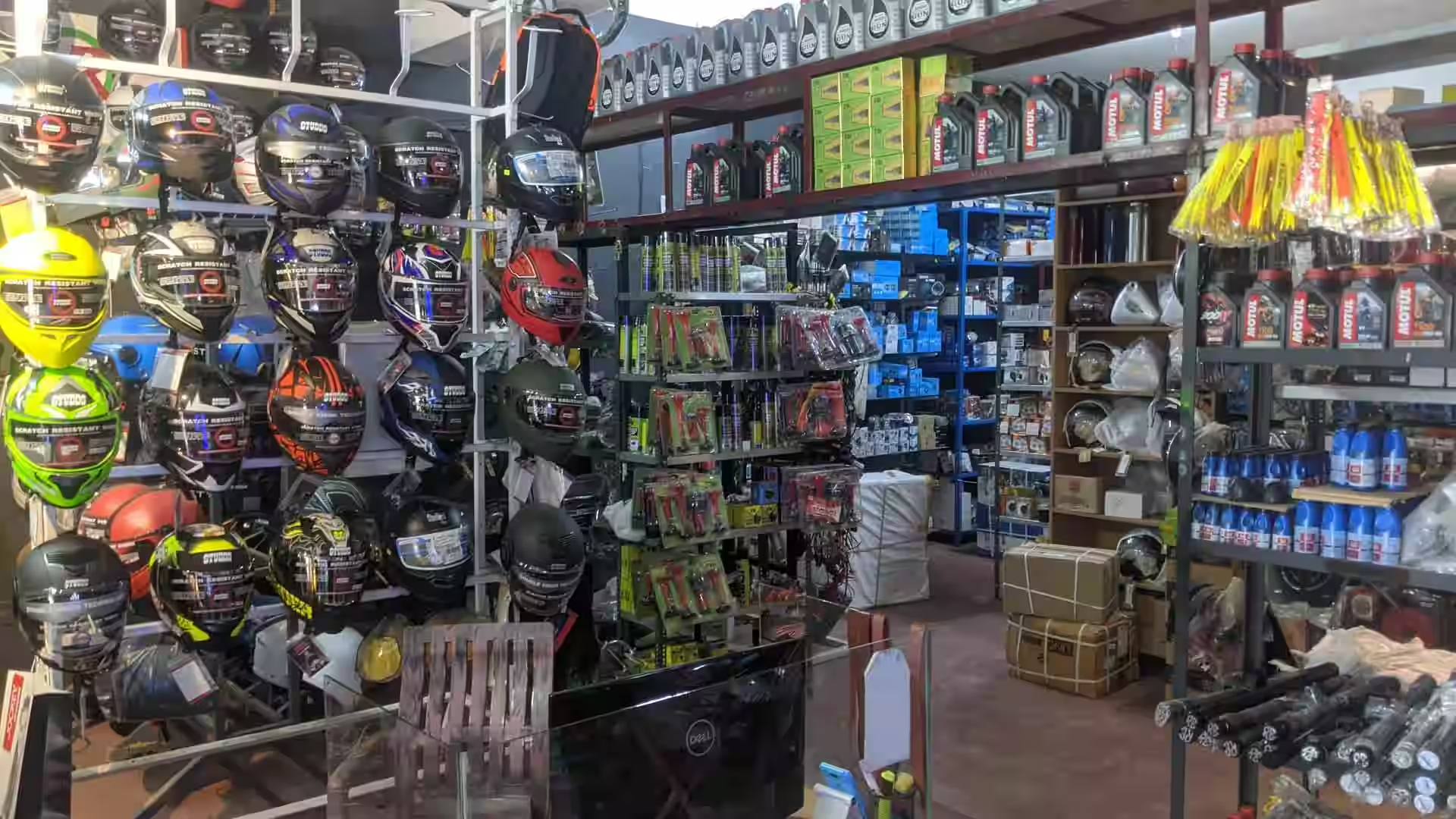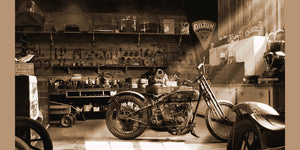Top MX Gear NZ: Gear Up for Your Next Off-Road Adventure
Top MX Gear NZ: Gear Up for Your Next Off-Road Adventure
Blog Article
Mastering Motorbike Gears: How to Maximize Your Riding Experience
In the world of motorcycling, mastering the art of gear manipulation is vital for boosting your riding efficiency. Effectively comprehending and using motorcycle equipments can dramatically affect fuel, control, and velocity performance, transforming an ordinary trip right into a smooth, electrifying trip. By including accurate change timing and adapting gear selection to numerous road conditions, riders can guarantee ideal engine performance and safety and security. The subtleties of clutch control, throttle coordination, and equipment technicians bid a deeper expedition, assuring to open the full possibility of your device. Just how can these methods be taken advantage of to absolutely maximize your riding experience?
Recognizing Equipment Mechanics
Just how do the intricacies of gear mechanics influence motorbike performance? At the core of bike dynamics, gear auto mechanics play an essential function in transforming engine power right into motion, ultimately dictating speed and control. Gears, meticulously crafted elements, allow motorcyclists to maximize torque and speed, ensuring a smooth transition with various surfaces and velocities. The equipment ratios, meticulously created, figure out the connection between engine revolutions and wheel turns, affecting velocity and fuel performance.
Comprehending equipment mechanics begins with identifying the importance of the gearbox, which houses several equipments of varying sizes. These equipments communicate via a process called meshing, where teeth of various equipments engage to send power. The precision of this interaction is vital; any kind of misalignment or damages can bring about ineffective power transfer, impeding performance. Furthermore, the plan and size of equipments influence the bike's capability to manage different tons and rates.
In addition, the concept of equipment changing is important to optimizing performance. Timely and smooth changes guarantee that the engine operates within its optimum power band, preventing unneeded strain and boosting longevity (motocross gear nz). By comprehending these mechanical complexities, riders can accomplish a harmonious blend of control, power, and effectiveness, boosting their riding experience
Timing Your Shifts
Shift timing proficiency is important for enhancing motorcycle efficiency and improving the riding experience. Correctly timed shifts guarantee that the engine runs within its ideal power band, which is critical for maintaining control, achieving smooth velocity, and ensuring the longevity of the bike. Cyclists should develop an intuitive sense of when to shift gears, which includes understanding the relationship in between engine revolutions per minute (RPM) and rate.
To understand shift timing, pay very close attention to the engine's audio and feel, as these give vital clues about when to change gears. When the engine approaches the upper array of its power band without reaching the redline, the perfect change point typically occurs - motorcycle parts nz. Changing prematurely can result in an absence of power, while moving too late may trigger unnecessary engine stress
Furthermore, roadway problems and riding style impact shift timing. In metropolitan settings, smoother and a lot more regular changes might be necessary to browse traffic efficiently. On the other hand, throughout highway riding, fewer shifts at greater rates can be better. Exercising in diverse settings will enhance your ability to time shifts precisely, ultimately boosting your riding experience to a specialist read the article level.
Enhancing Fuel Efficiency
While mastering motorcycle equipments is crucial for performance, boosting fuel efficiency is similarly essential for both economic and ecological factors. Optimum gas usage not only reduces operational expenses yet additionally minimizes the ecological impact of riding. To accomplish this, one need to understand the detailed connection in between equipment selection and engine performance.
First of all, picking the best equipment at suitable speeds can dramatically affect gas usage. Riding in a higher gear at reduced rates can cause engine lugging, which is damaging to both gas economic climate and engine health and wellness. Conversely, riding in lower gears at high rates leads to unnecessary fuel usage. Thus, maintaining an optimum balance by moving equipments in positioning with roadway problems and expected maneuvers is necessary.
Additionally, routine maintenance plays a crucial duty in gas efficiency. Making certain that the motorcycle is well-tuned, with tidy air filters and appropriately blew up tires, can reduce and boost the rules of aerodynamics gas wastefulness. Embracing a riding design that embraces steady velocity and smooth slowdown can add to much better fuel economy.

Strategies for Smooth Transitions
Attaining smooth gear transitions is fundamental to enhancing the riding experience and ensuring the longevity of a motorbike's transmission system. Appropriate equipment changing not only adds to a seamless ride however additionally reduces deterioration on the mechanical parts. To grasp the art of smooth transitions, motorcyclists must concentrate on a couple of crucial techniques.

Secondly, clutch control plays an essential role. Engaging and disengaging the clutch efficiently calls for technique. The clutch bar should be launched slowly, enabling a seamless transfer of power from the engine to the wheels without triggering a shock or sudden movement.

Adjusting to Roadway Problems
Navigating diverse road conditions is a vital ability for any type of motorcyclist intending to maintain control and safety and security. Whether you're riding on damp surface areas, crushed rock roads, or navigating doglegs, your capability to adjust your gear usage and riding technique is vital. Recognizing just how to change your gears suitably can considerably influence grip and stability, making sure a much safer journey.
In comparison, when riding on gravel or irregular terrain, reduced gears are more suitable. Reduced equipments offer better control and enable you to react more quickly to unforeseen modifications in the roadway surface area.
Sharp contours require exact gear administration to balance rate and control. Downshifting before entering a curve can aid preserve momentum while making certain the bike remains stable throughout the turn. Regular practice in different conditions enhances your ability to react and predict to modifications in road structure and incline.
Conclusion
Grasping motorcycle gears dramatically enhances the riding experience by boosting control, fuel, and velocity effectiveness. An extensive understanding of gear technicians and exact change timing makes certain the engine runs within its optimal power band, while smooth transitions via effective clutch and throttle coordination increase convenience and efficiency. Adapting gear choice to different roadway conditions, such as making use of greater equipments on wet surfaces and reduced equipments on gravel, additional improves handling and safety. Ultimately, these abilities elevate the overall journey.
Comprehending gear auto mechanics starts with identifying the importance of the transmission, which houses numerous gears of differing dimensions. These equipments interact with a browse around this site procedure recognized as meshing, where teeth of various equipments involve to send power (mx parts nz). Mild modifications to the throttle throughout equipment changes can prevent jerky movements and keep a consistent riding rate
Whether you're riding on wet surface areas, crushed rock roads, or navigating sharp turns, your capacity to adjust your gear use and riding method is extremely important. Adjusting gear option to different road problems, such as utilizing greater equipments on damp surface areas and reduced equipments on crushed rock, further enhances handling and safety.
Report this page